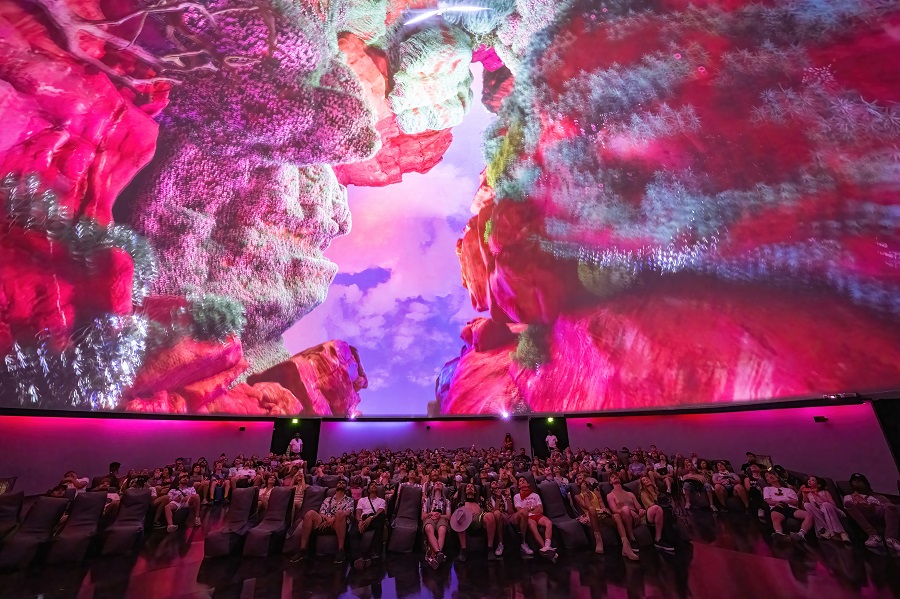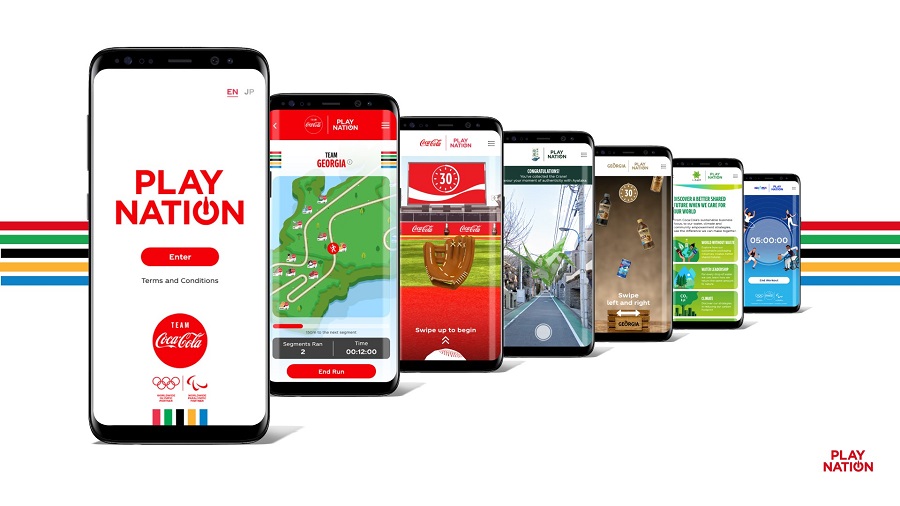
5 hot tips for 2023 events
The last three years have seen consumers dramatically change expectations on how they relate with brands. The greatest change is the growing role of digitalisation even in the realm of live events: audiences and brands alike are realising how in-person immersion and immediacy can be powerfully enhanced – and even extended – with the personalisation and multi-channel integration afforded by digital technology.
Technology is also enabling event organizers to gather more relevant data from events, analyse it better, and use the outcomes to hone their next event to an even sharper edge – such as by better responding to attendees’ demand for ‘purpose’ in their favoured brands.
Let’s now take a closer look at five tips that will help events strike a chord with audiences in 2023.
1 Let digital lead the way
Events of all kinds are increasing their reliance on digital technologies to do everything from increasing their reach and widening their audience, to personalising and enhancing certain aspects of brand experiences. Digital tech also enables audiences to interact with brands and build brand communities in new ways – and for marketers and event professionals to learn more about audience behaviours.
With all that, it makes sense to take a ‘digital first’ approach. Even live, in-person events can be designed and planned around maximising attendees’ digital engagement far beyond the time and place of the actual event.
In one example of ‘digital first’ at work, Pico helped Coca-Cola leverage the Tokyo 2020 Olympics to activate its brand and products with the online ‘Team Coca-Cola Play Nation’ experience. Users were treated to key Olympic and Paralympic experiences as well as games, activities and rewards, enabling them to not only explore the Coke brand in a fun way, but ‘participate’ in the Games even if not attending in person. More than half a million users connected with the sucessful campaign, which also won a pair of Mob-Ex gold awards in 2022.
2 The personal(ised) touch
People have always responded well to evidence that they are being noticed and catered to as individuals. Now, technology has enabled brands and event organizers to actually achieve a degree of personalisation that, at least to some degree, makes attendees feel that events have been created for them, on their behalf.
The actual degree of personalisation need only be slight – but if it is applied in the right place in the right way, its impact can be deep. For an HP Malaysia Partners Event earlier this year, each attendee received an AR invitation card with a unique personalised video. Those receiving such invites can then be personally welcomed again upon entering the event, with their names automatically flashed up on display screens as they pass into the venue.
3 Integrate those channels
Whether you call it omni-channel or integrated channel, the essence of this approach is to ensure that all the event’s working parts – digital as well as in-person, online and offline – mesh together seamlessly, offering an experience of equal value throughout.
A recent example was HP’s presence at the Coachella music festival in 2022. Inside the site’s massive HP Antarctic Dome, the brand underlined the festival’s and its own commitment to sustainability by presenting REGEN, an immersive 360-degree sensory journey combining tech, art and music. The experience transcended the Dome itself, with a dedicated social media campaign taking it to a worldwide audience. Participants could even create their own ‘sustainable sounds’ and upload them to social media platforms. REGEN gained further attention by being minted into a 1:1 NFT art piece, which was sold on FTX US in April.

In all, more than 80,000 people visited the HP Antarctic Dome during Coachella, while total impressions (including from social media, metaverse and the physical site) reached a record-breaking 12 billion.
4 Follow the data
The more audiences digitally engage at events, the easier it is to gather data on their behaviour. But more data doesn’t necessarily mean better knowledge; it’s important to analyse appropriately so that useable conclusions can be reached on what worked, what didn’t, why and with whom.
Some new products are leading the way to make such analyses faster, easier and more scientific. Among those offerings is Pico ExQ Experience Analytics, which uses a proprietary algorithm to measure event performance against real first-party data, yielding clear and actionable answers to business-critical questions.
5 Sustainability lends purpose
More and more consumers are translating their serious concern for the environment to a demand that brands and companies take sustainability to heart. As events comprise a major brand-audience interface, it is through them that commitments to facets of sustainability such as recycling, responsible sourcing and resource efficiency can be demonstrated.
Sustainability made a big splash in Hong Kong when Articoin, a dedicated digital art platform, collaborated with HSBC to promote 11 exclusive NFT art pieces on display at K11 Museum. The 11 works were ‘previewed’ by spectacularly projecting them onto the façade of the HSBC headquarters, with the bank also giving away 1,000 non-tradable NFTs as eco-friendly gifts to customers.
